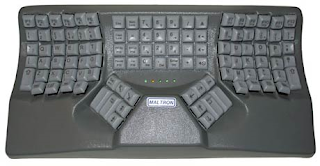
Begin a new timeline and drag and drop the best takes into what will become your assembly cut. Some of the most beautiful expressions you’re going to get from the actors are after the cut.”ĭrag and drop all of your video footage into a timeline and make sure your frame size and frame rates are consistent. Even after the director calls for a cut, you want to watch everything. Writer and filmmaker David Andrew Stoler says there’s gold to be found in the unlikeliest of places: “Watch every single thing from the beginning to the end, because you never know. This is the first step in the editing process. Be sure to label video files, audio files, and even still images clearly and keep them on the same drive for easy access. Also make note of the video file formats of the footage you’re using, and record any issues that might come up when converting from one format to another.

“If you don't set up your project and your media in an organized way, it will kill you in the long run,” says feature film editor Maurissa Horwitz.

Whatever video-editing software you use, whether you’re on a Mac or a Windows machine, organization is the key to success.


 0 kommentar(er)
0 kommentar(er)
